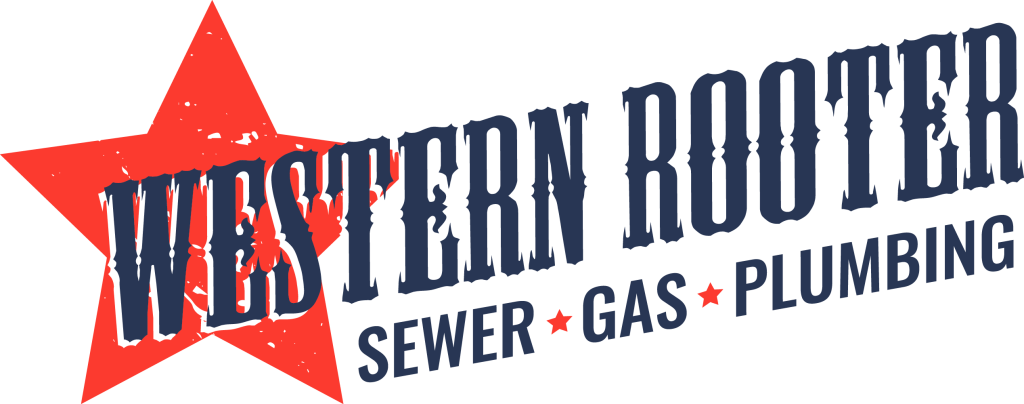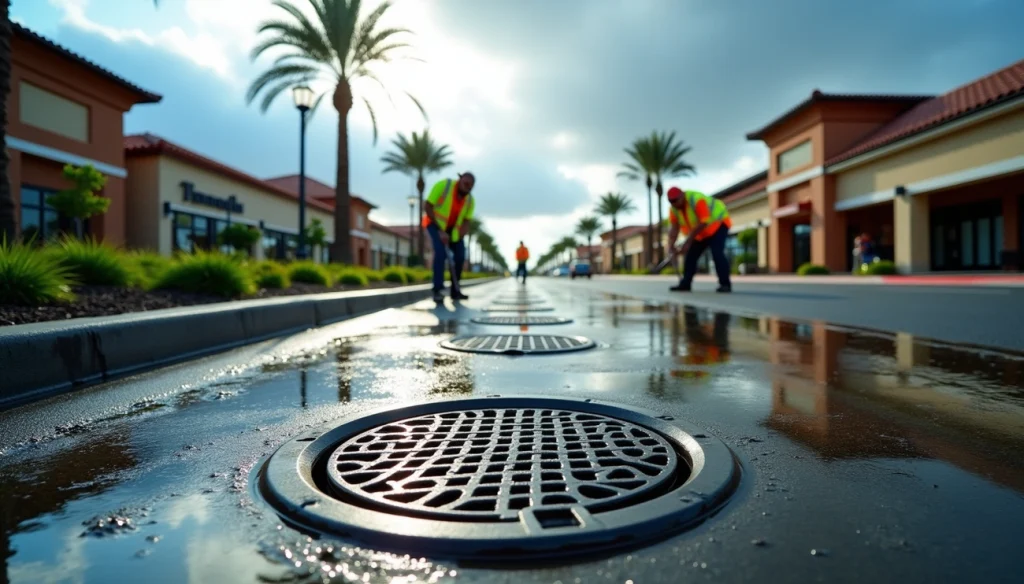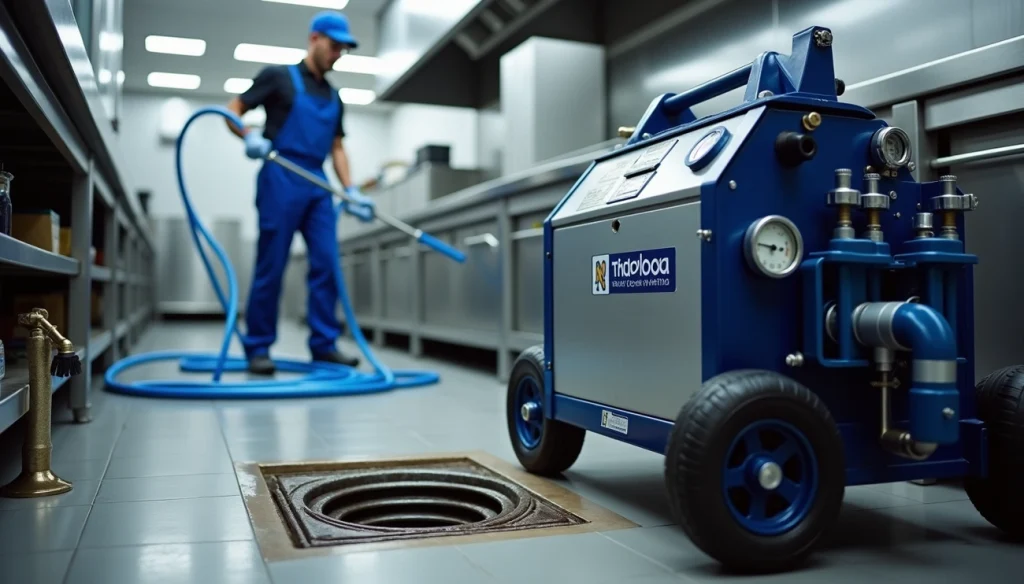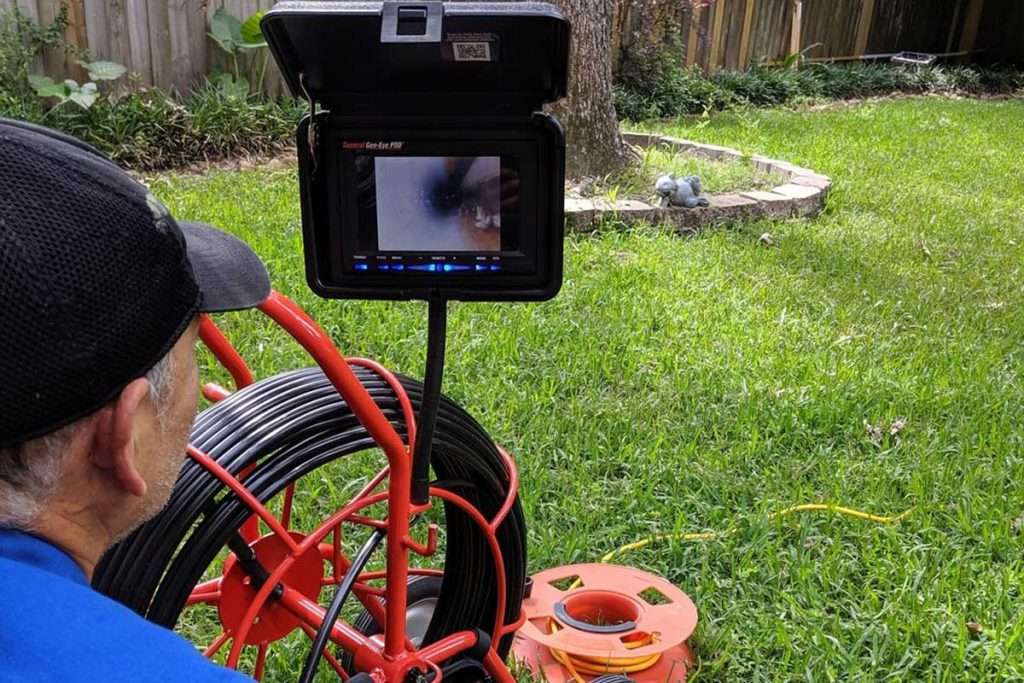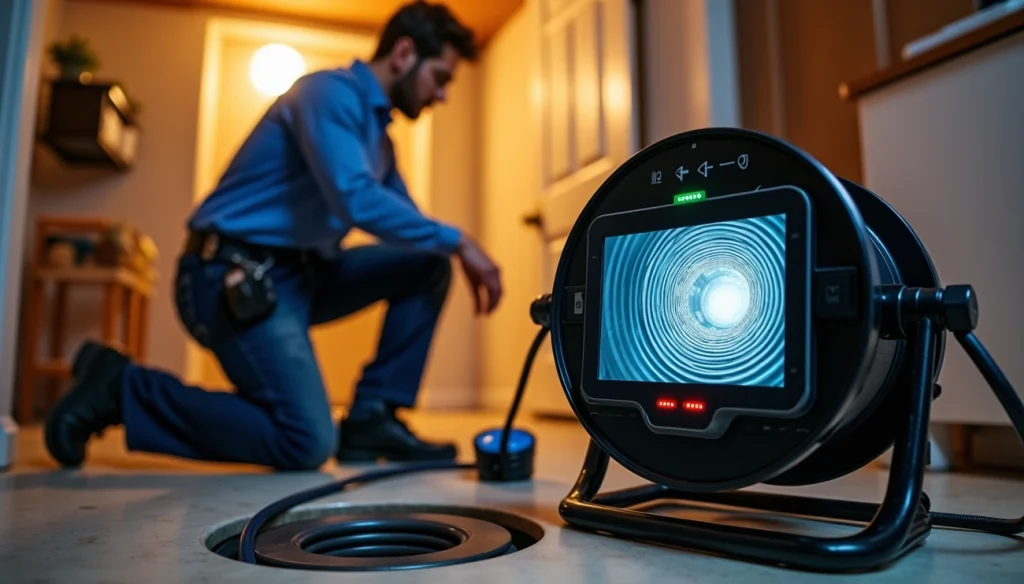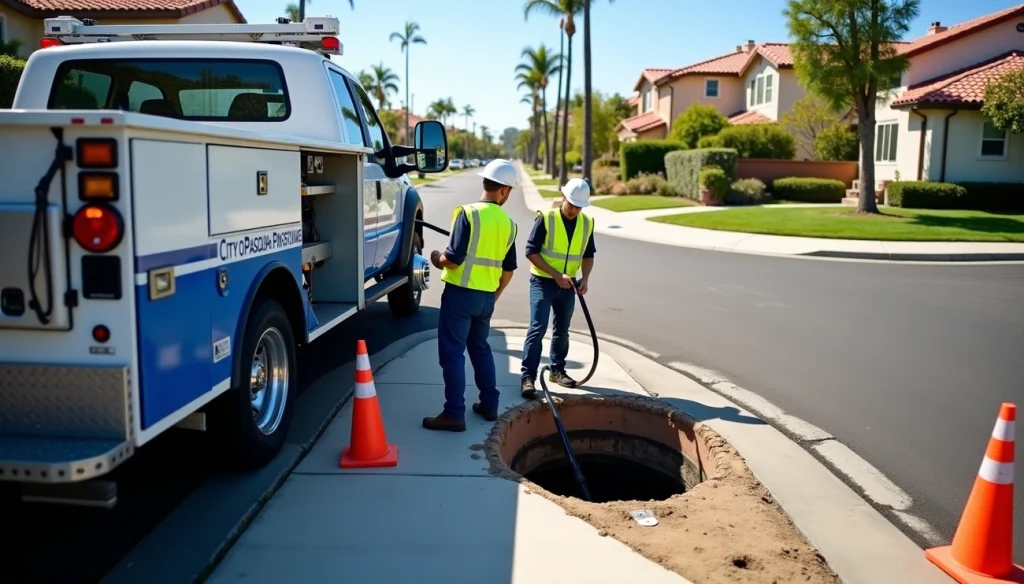Mold in the shower is a common problem that can be difficult to get rid of, and gross to look at. On top of being ugly, if it’s not treated quickly enough or properly, mold can cause serious health problems for you and your family. In most cases, mold in the shower is caused by a build-up of mold spores, dirt, and soap scum.
Because of the moistness of the air and source of water, bathrooms are mold factories. Mold loves to grow in bathrooms because they are usually dark, have high humidity, and contain many of mold’s favorite food sources.
Does my bathroom have mold?
Before we jump to mold removal, let’s first figure out if you have mold in your bathroom. Check for mold in the following places:
- On tile grout that is cracked or missing
- On caulk that is peeling, moldy, or missing
- Inside of shower doors, on tracks, and door jambs
- On shower curtains
- On vinyl shower floors
- On bathroom ceilings
If any of these places have mold, you’ll need to take care of it as soon as possible. Depending on the severity of the mold, you may be able to clean it yourself with some elbow grease and the right cleaners. If the mold is extensive or if you have mold allergies, you may want to hire a mold removal company.
Mold vs. mildew – what’s the difference?
Mildew is a mold-like substance that is usually white, gray, or yellow and grows in damp, humid areas. It can appear as a powdery film, fuzzy patches, or thread-like strands. Like mold, mildew is often found on shower walls, windowsills, and other places where there is high humidity. Unlike mold, mildew is usually easy to get rid of and doesn’t cause serious health problems. To get rid of mildew, you can use a mold and mildew cleaner or a mixture of bleach and water.
Mold, on the other hand, is a challenge to get rid of and can cause serious health problems. Mold is usually black, green, or white and often appears as fuzzy patches. mold can also appear as black dots or streaks, which are actually mold spores. The reason mold can be difficult to get rid of is because it can penetrate porous surfaces, such as caulk, wood, and drywall.
What kinds of mold grows in showers?
There are three primary types of mold that can be found in showers:
- Allergenic mold – this is a type of mold that can cause respiratory problems, such as sneezing, runny nose, and watery eyes.
- Pathogenic mold – this is a type of mold that can cause infections in people with weakened immune systems.
- Toxigenic mold – this is the most dangerous type of mold because it produces toxins (mycotoxins), and common types of toxigenic mold include black mold and stachybotrys chartarum.
If you have any mold in your shower, it’s important to get rid of it as soon as possible. In most cases, you can clean mold yourself with the right cleaners. However, if the mold is extensive or if you have mold allergies, you may want to hire a mold removal company.
If the mold looks severe, call a professional.
A professional mold removal company will have the proper equipment and experience to get rid of mold in your shower quickly and efficiently. This blog post is not a suggestion that you should try and clean dangerous mold spores yourself, as you could end up making the problem worse. What this blog post is trying to do is explain how to clean light mold infestations, prevent mold build-up in the future, and identify different types of mold so that you know what you’re up against.
Watch this video to help you understand different types of mold:
What do you need?
If you determine that you want to proceed yourself without calling a professional, then here is a list of materials you will need to gather:
- Rubber gloves – this will prevent the mold coming into contact with your skin.
- Face mask – inhaling mold can be harmful to your health, so make sure you use a face mask when cleaning mold in your shower.
- Eye protection – getting mold in your eyes can cause serious irritation, so wear eye protection to avoid this.
- Vinegar – a natural mold killer. You can opt for a mold killer like this one instead.
- Old toothbrush or sponge – we’re going to get scrubby.
- Bathroom cleaner with bleach.
When you have all of the above materials, it’s time to kick that mold’s butt.
How to properly clean shower mold in 5 steps:
Here are the detailed instructions to get rid of mold in your shower for good:
- First, put on your protection. Wear your gloves, face mask, and eye protection before doing anything else.
- The next step is to spray the affected moldy area with a bathroom cleaner containing bleach. Alternatively you can mix bleach and water and spray. Let that solution sit for about 30 to 60 minutes in order to kill the mold.
- Scrub the mold with your old toothbrush or a firm sponge. You might need to put some elbow grease into it, but the mold should come off relatively easily.
- Rinse the area with clean water and bleach, then make sure it is completely dry.
- The final step is to spray vinegar on the area, and let it dry. This will help prevent mold from growing back.
And that’s it! You’ve now learned how to properly clean mold in your shower, and you can rest assured that your bathroom is mold-free, and will stay that way for a long time. If you want to keep fighting mold for years to come, you can buy a mold-resistant paint made for bathrooms and re-paint your bathroom walls.
How to clean mold from shower head…
Cleaning mold and mildew from your shower head is important not only for aesthetics, but also to prevent the mold from spreading.
There are a few different ways that you can clean mold from your shower head, but we recommend using a vinegar and water solution. Simply mix equal parts vinegar and water in a bowl and submerge your shower head in the mixture. An easy way to do this is to fill a Ziploc bag with vinegar and water, then submerge your showerhead and fasten the bag around your shower head with a rubber band or tape. Let it soak overnight, and by morning, your showerhead will be mold-free!
How to prevent mold from growing in your shower…
Now that you’ve learned how to clean mold, you’re probably wondering how to prevent mold from growing in your shower and keep it from coming back!
The best way to prevent mold is to keep your bathroom as dry as possible. After every shower, make sure you wipe down the walls and floors of your bathroom, and open up a window or turn on the bathroom’s exhaust fan to let the air circulate.
You should also avoid using carpet in your bathroom, as mold loves damp environments. If you have tile or linoleum flooring, make sure you mopping up any water that spills ASAP.
If you have any noticeable leaks in your bathroom, then mold will likely start growing there. Fixing any leaks in your bathroom is crucial to preventing mold. Contact us for help repairing any leaking pipes in your bathroom and we will help!
Finally, you can buy mold-resistant products for your bathroom, like mold-resistant shower curtains and paint, which can go a long way in preventing mold from growing in your bathroom.
Now that you know how to clean mold and mildew from your shower, and how to prevent it from coming back, you can rest easy knowing that your bathroom is mold-free! Thanks for reading!

